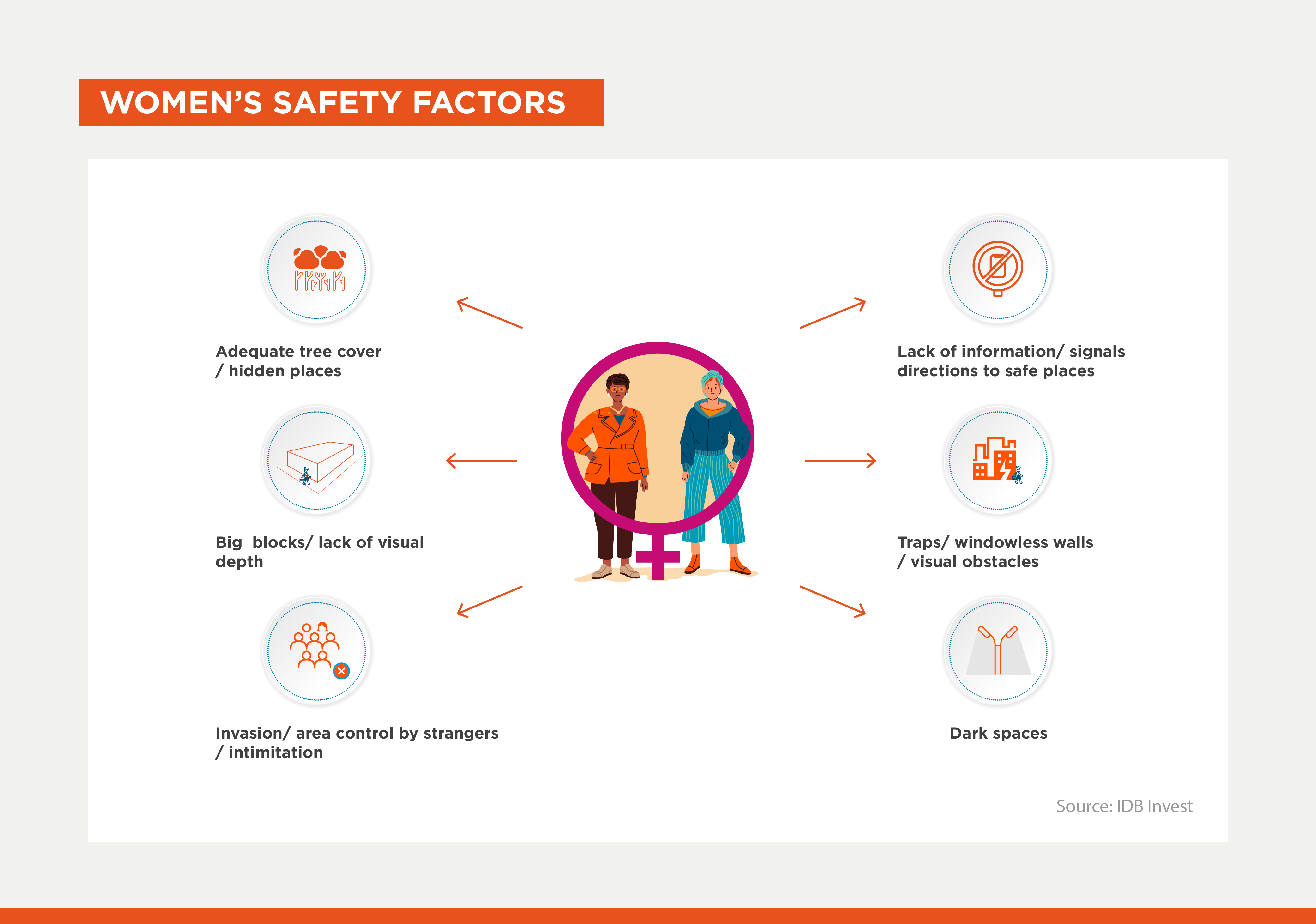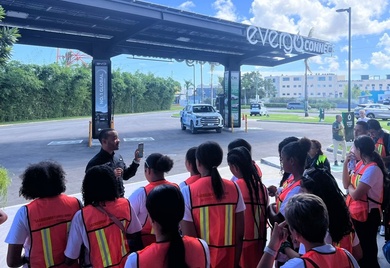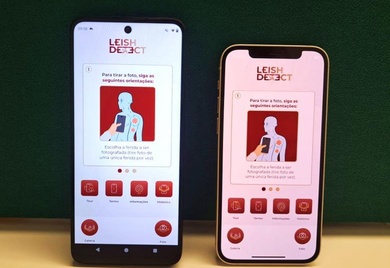Using Gender-Smart Housing to Protect Women

People’s safety, and especially women’s safety, is directly related to the urban and architectural characteristics and conditions of the territory where they live and lead their daily lives. For this reason, the physical conditions of their home and its surroundings as well as the related public services need to be arranged and designed in a way that allows women to perform their tasks and roles safely.
Gender-smart housing is a socio-urban intervention strategy aimed at promoting women’s safety in housing spaces based on a gender-lens territorial analysis, which helps identify the relationship between gender-based violence (GBV) and the conditions and characteristics of the spaces where it occurs.
The strategy includes actions and initiatives to have the urban and architectural spaces designed and adjusted for increased safety, especially women’s and girl’s, promoting safe gender-violence-free spaces.

Gender-smart housing is based on a model in which three parties (the community, a technical team and the private sector) work hand in hand on a three-phase strategy: diagnosis, design and implementation. Each phase adopts a cross-cutting approach to preventing gender-based violence.
In the first phase, women’s safety is assessed to create a socio-physical diagnosis using two tools.
On the one hand, women safety audits are conducted to identify the spaces, conditions and actions which make them feel unsafe in their day-to-day activities by creating life routines (analyses of movement and mobility patterns, schedules and activities).
On the other hand, general and territory-specific gender-smart housing studies are performed to assess the physical conditions of the housing space as well as the related public services (design, spatial morphology, type, quantity, layout, etc.) and establish the relationship between the physical spaces and GBV events.
The design phase leverages the diagnostic results to outline cost-effective preventive and corrective actions in the housing spaces and their surroundings, including the construction or rehabilitation of urban, architectural or landscape infrastructure; street furniture; signage; redefinition of uses and socio-cultural dynamics of space appropriation, etc. Finally, in the implementation phase, an action plan is defined and executed in the territory.
IDB Invest offers a wide range of financial solutions and technical assistance to the private sector to develop a comprehensive and sustainable approach that helps raise the quality of life of low-income individuals. In December 2022, a USD 25 million loan was closed with the Peruvian real estate company Viva Negocio Inmobiliario to develop sustainable social housing projects in Peru.
As part of this project, the IDB Invest Advisory Services team will provide technical assistance to promote gender-safe conditions for the people affected by the Project. This is expected to prioritize actions that create safer environments for women and girls, by using methodologies that seek to deter criminal acts and working on the surroundings and the design of community spaces. This is a novel perspective for the social housing sector in the region, marking a critical milestone that will help us apply the lessons learned to similar projects in the future.
LIKE WHAT YOU JUST READ?
Subscribe to our mailing list to stay informed on the latest IDB Invest news, blog posts, upcoming events, and to learn more about specific areas of interest.
Subscribe



